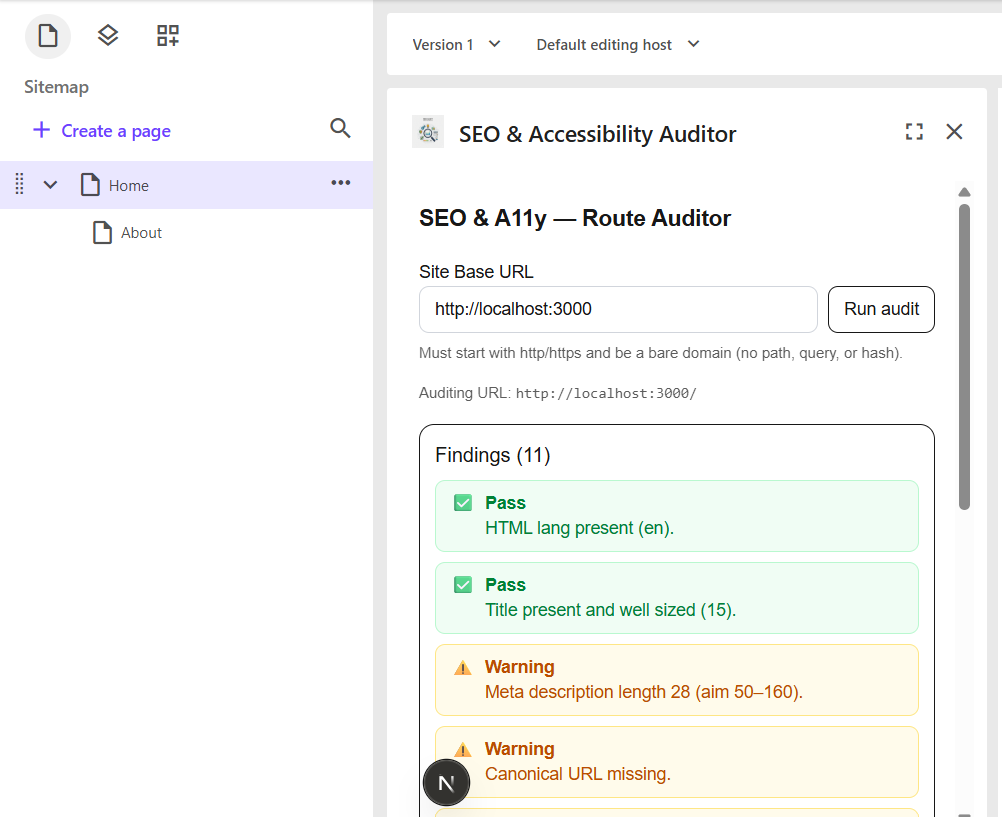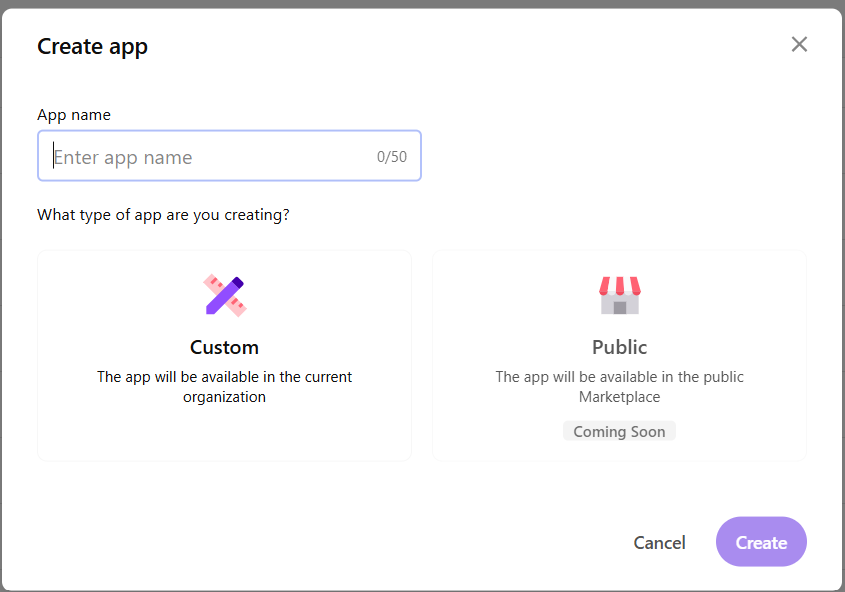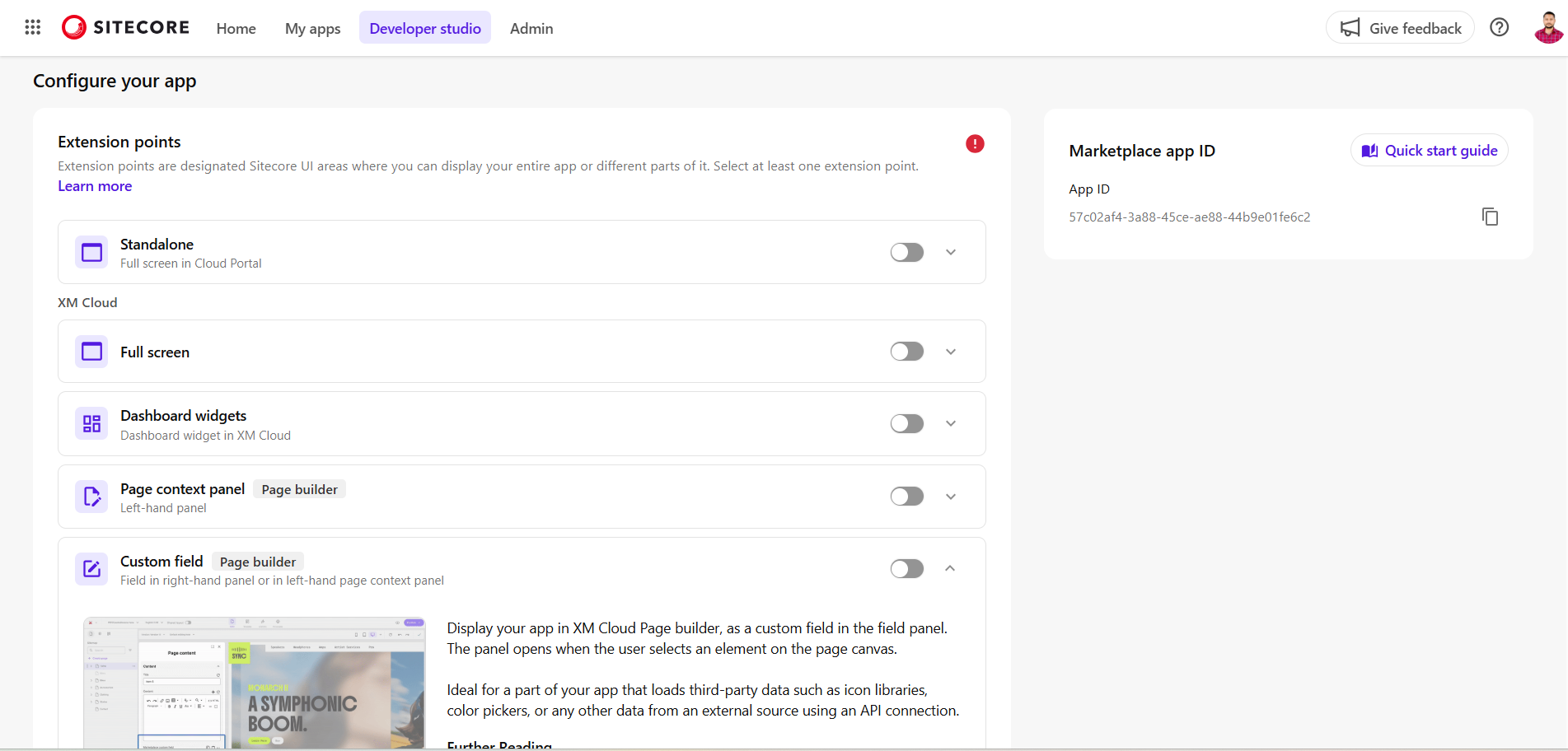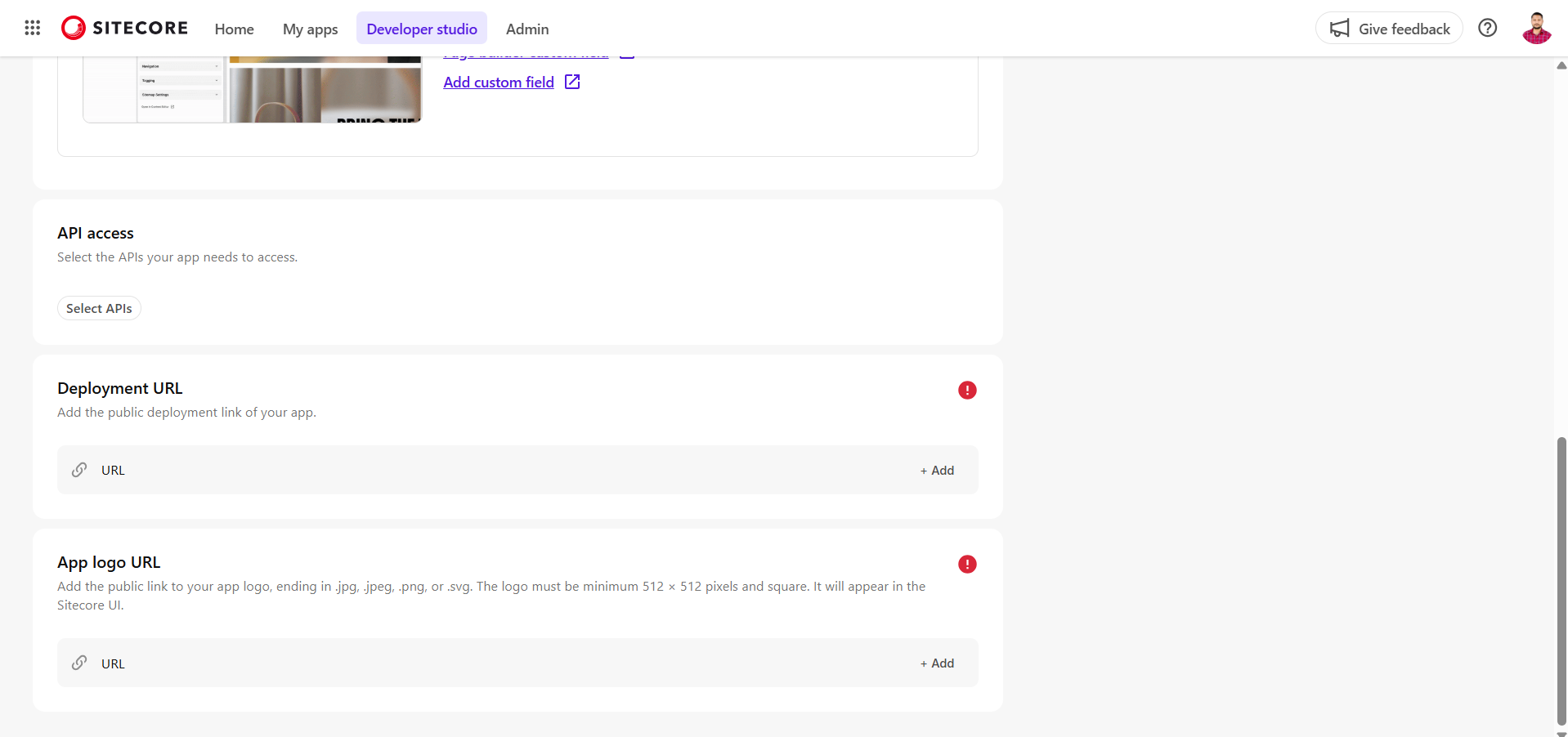Introduction
Working in Sitecore XM Cloud, I often noticed a gap: it can be difficult to quickly identify SEO and accessibility issues on a website page. Things like missing alt text, page titles, or improper heading structures often slip through the cracks. These may seem like small details, but they matter a lot for SEO and accessibility.
To solve this, I built a Marketplace app that plugs directly into XM Cloud and lets you run a quick audit on published pages. The results show up instantly inside the Pages editor.
The Idea Behind the App
The idea was simple. Instead of relying on external tools or waiting for SEO audits later, authors can now check their published pages right inside XM Cloud.
It makes the process faster, removes context switching, and gives immediate insights into metadata and accessibility.
How the App Works
The app is built with Next.js and TypeScript and embedded into Sitecore Pages via the Marketplace. When opened, it fetches the published page’s rendered HTML and checks for:
- Missing alt attributes on images
- Missing or duplicate meta titles and descriptions
- Incorrect heading structure
The results are displayed in a clean panel inside Pages.

Creating and Configuring the App in Sitecore XM Cloud
Here’s the exact process I followed to create and configure the app:
- Build the app locally
git clone https://github.com/mgnventures/xmc-page-seo-audit-app.git
cd xmc-page-seo-audit-app
npm install
npm run dev
The app runs on http://localhost:3000.
-
Deploy the app
Push it to Vercel, Netlify, or Azure.
-
Register the app in Sitecore XM Cloud
- Go to Sitecore Cloud Portal.
- Navigate to Cloud Portal → Developer Studio → Create App.

-
Fill in details:
- Name
- App icon (from your repo’s public folder)
- App URL (your deployed endpoint)
- Select Pages Context Panel as the extension point


-
Save the configuration.
- Install the app in XM Cloud
- Open Sitecore Prtal.
- Go to the My Apps tab.
- Search for your app and click Install.

- The app now appears as a panel inside Pages.
Real Use Cases
- A content author can check if their published landing page has proper alt text.
- A marketer can confirm that the page has a correct title and description.
- A developer can extend the app with custom rules for their project.
The biggest win is that you can run these checks on the live published page and see results immediately in XM Cloud.
Getting Started Guide
For anyone who wants to try this app:
git clone https://github.com/mgnventures/xmc-page-seo-audit-app.git
Then follow the steps above to register and configure the app in XM Cloud.
Reflections and Future Potential
Building this app showed me how easy it is to extend XM Cloud with custom utilities. The Marketplace is still new, and even small apps like this can add real value for authors and marketers.
Next, I would like to refine the audit rules and improve how results are displayed. I also hope other developers fork the project on GitHub and help make it more stable and useful:
👉 GitHub Repo – xmc-page-seo-audit-app
In the end, this app is about more than code—it’s about contributing something practical to the Sitecore community.







![Leveraging Sitecore Search SDK Starter Kit into Your Sitecore Next.js Solution [Part 2]](/_next/image?url=%2Fimages%2Fpost%2Fstarter-kit.png&w=828&q=75)
